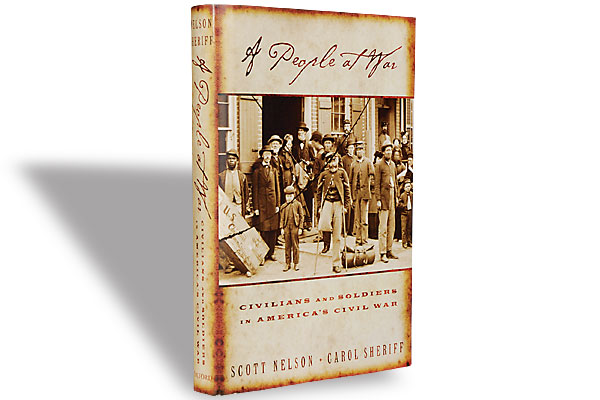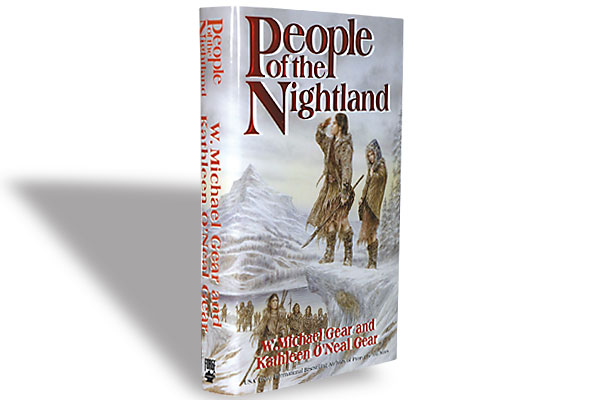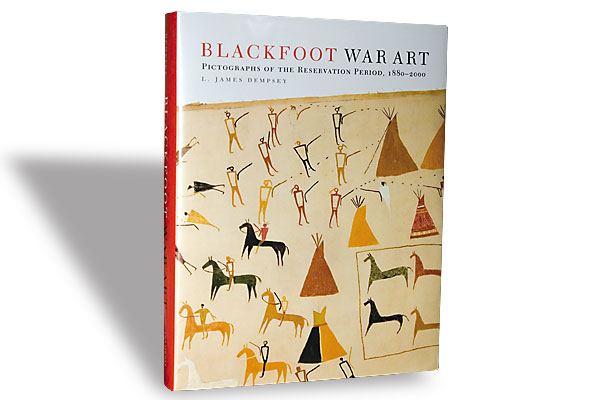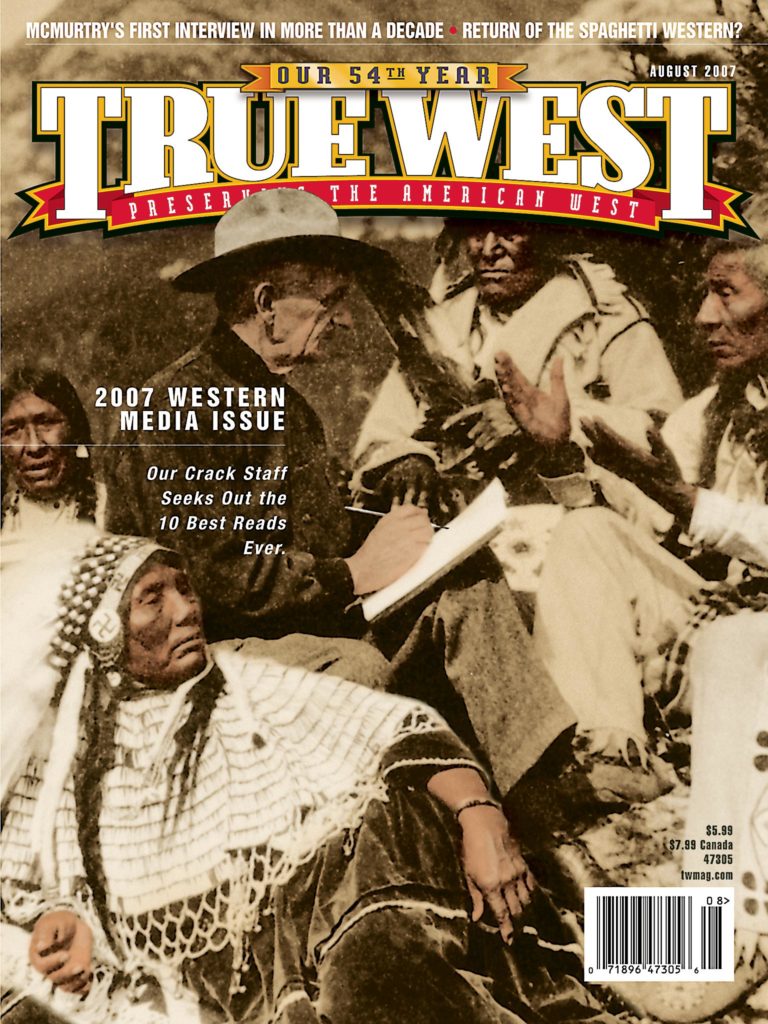 This is not, exactly, a history of the homefront during the Civil War. Its subtitle, “Civilians and Soldiers in America’s Civil War,” includes the military, while the book’s time span extends the scope of this study from pre-war Bleeding Kansas to 1877, when the last units of an American army of occupation finally left the south.
This is not, exactly, a history of the homefront during the Civil War. Its subtitle, “Civilians and Soldiers in America’s Civil War,” includes the military, while the book’s time span extends the scope of this study from pre-war Bleeding Kansas to 1877, when the last units of an American army of occupation finally left the south.
The authors largely leave the battlefields to others. Their concern is with the strains on civilians and soldiers alike. It was an age of anxiety—and of change—not just in emancipation of blacks, for commerce (cotton) replaced diplomacy; sectionalism survived a war for national unity, in the post-war Solid South; health care began to tussle with disease; and capital seemed to have beaten back labor. The conflict itself became the first modern war, what soldiers then called a “hard” war, one that punished civilians. The authors even contend that Americans shrugged off the West’s brutality toward Indians because they were so conditioned to violence by the Civil War. —Richard H. Dillon





